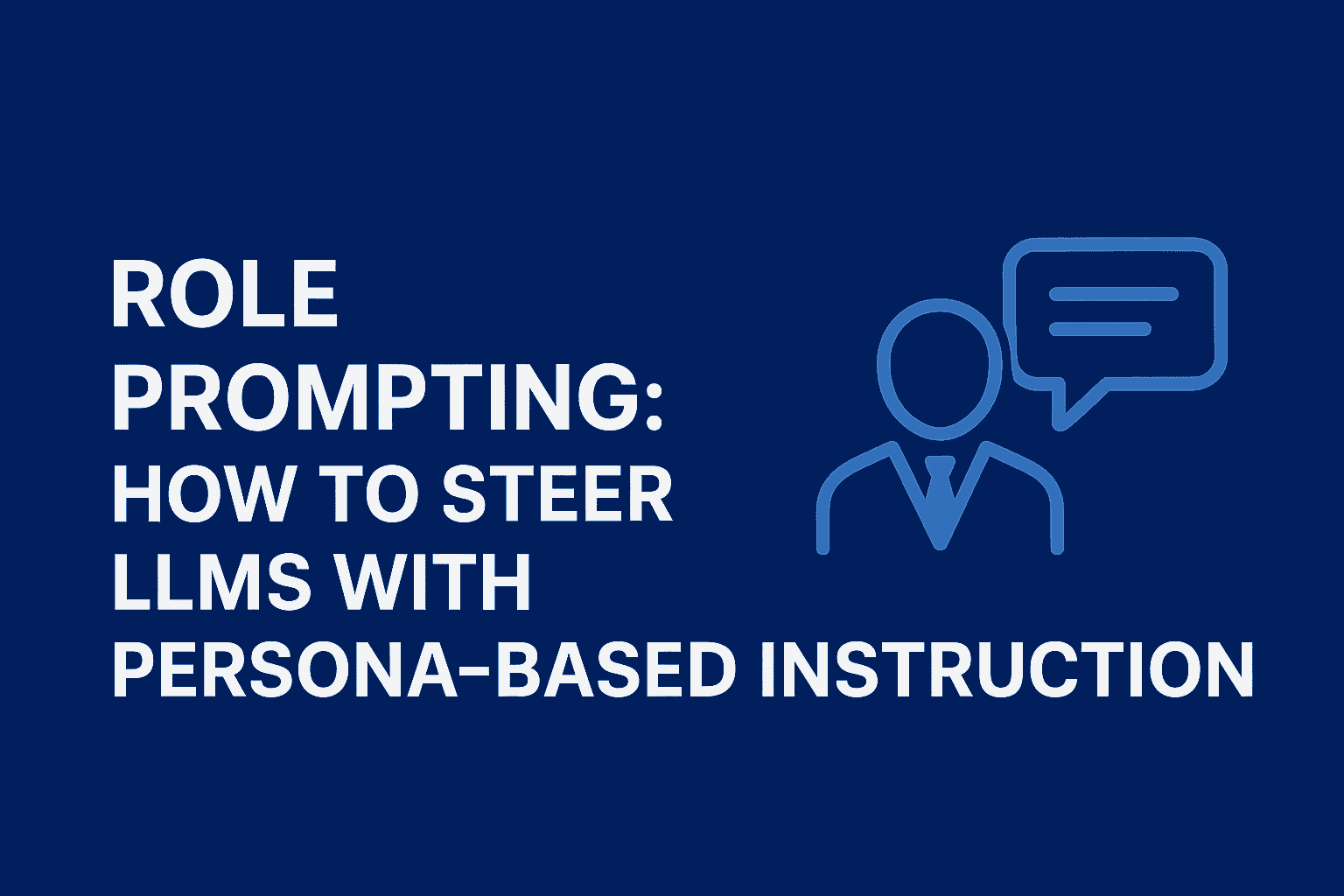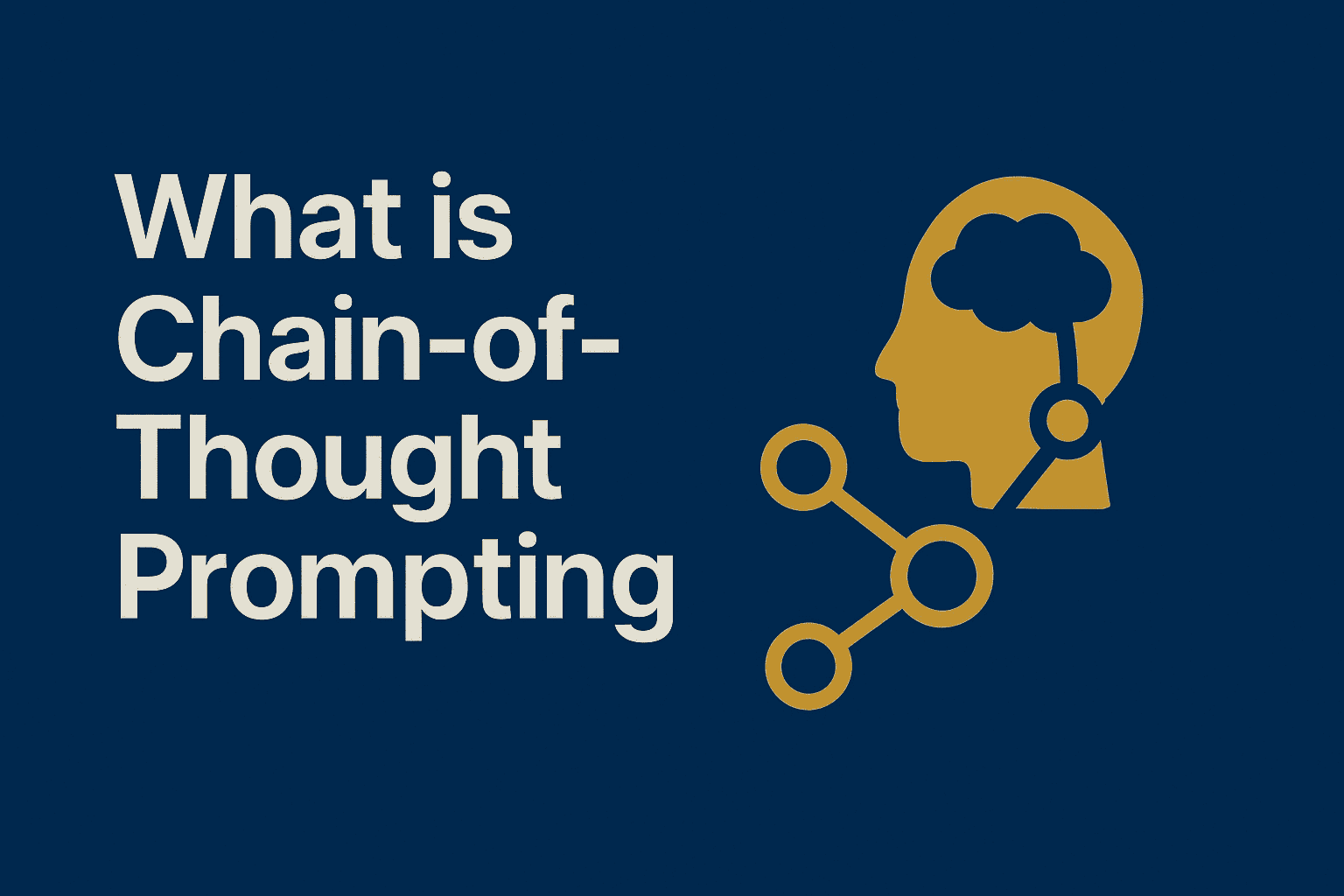
🚀 Evaluating Retrieval-Augmented Generation (RAG) Systems: Why It Matters and Key Metrics to Use
Ai engineer
🚀 Retrieval-Augmented Generation (RAG) blends information retrieval with generative AI to create more accurate, context-aware outputs. But without proper evaluation, RAG systems risk hallucinating facts, retrieving irrelevant data, or going off-topic. Using metrics like Faithfulness (fact alignment) and Answer Relevancy (staying on-topic) from the DeepEval framework helps benchmark performance, detect weaknesses, and ensure trust in production. Start evaluating to build more reliable, cost-efficient AI applications.
🚀 Evaluating Retrieval-Augmented Generation (RAG) Systems: Why It Matters and Key Metrics to Use
In the rapidly evolving world of AI and large language models (LLMs), Retrieval-Augmented Generation (RAG) has emerged as a powerful technique for building more accurate and context-aware applications. RAG combines the strengths of information retrieval with generative AI, allowing models to pull in relevant external knowledge before generating responses. This is particularly useful for applications like question-answering systems, chatbots, and summarizers where grounding responses in real data is crucial.
But here's the catch: RAG systems aren't perfect. They can hallucinate facts, retrieve irrelevant information, or generate responses that drift off-topic. That's where evaluation comes in! In this blog post, we'll explore why evaluating RAG is essential, what benefits it brings, and dive into two key metrics—Faithfulness and Answer Relevancy—from the open-source DeepEval framework. 🛠️ We'll also touch on best practices for getting started with RAG evaluation, drawing from DeepEval's comprehensive tools.
%20Systems%20pic1.png)
🤔 Why Evaluate RAG Systems?
RAG pipelines typically consist of two main components: a retriever that fetches relevant context from a knowledge base (e.g., documents, databases) and a generator (usually an LLM) that crafts a response based on that context. While this setup reduces hallucinations compared to pure generation, issues can still arise:
- 😵 Hallucinations and Inaccuracies : The generator might invent details not supported by the retrieved context.
- 🙅♂️ Irrelevant Responses : Even if the context is accurate, the final output might not directly address the user's query.
- 🕵️♀️ Inefficient Retrieval : Poorly retrieved context can lead to low-quality outputs, wasting resources and frustrating users.
- 📈 Scalability Challenges : As your RAG system grows, ensuring consistent performance across diverse queries becomes harder without systematic evaluation.
Evaluating RAG helps mitigate these risks by providing quantifiable insights into your pipeline's performance. It allows you to:
- 🔄 Benchmark and Iterate : Test different retrievers, LLMs, or prompts to find the optimal setup.
- 🕳️ Detect Edge Cases : Identify failures in real-world scenarios, like ambiguous queries or noisy data.
- 🤝 Build Trust : For production apps (e.g., customer support chatbots), high evaluation scores mean more reliable, fact-based responses.
- 💰 Save Costs : Early detection of issues prevents deploying flawed models that could lead to rework or user dissatisfaction.
Tools like DeepEval make this process accessible with LLM-as-a-judge metrics—self-explaining evaluations that use LLMs to score outputs while providing reasons for the scores. This not only automates assessment but also offers transparency. Now, let's introduce two core metrics that target the heart of RAG quality: Faithfulness and Answer Relevancy.
🌟 Introducing Key RAG Metrics
DeepEval offers a suite of metrics tailored for RAG, but we'll focus on Faithfulness and Answer Relevancy here. These are referenceless (they don't require ground-truth answers) and single-turn, making them ideal for quick, scalable evaluations. Both use LLM-as-a-judge to score outputs on a scale of 0-1, with customizable thresholds.
✅ 1. Faithfulness Metric: Ensuring Outputs Stay True to Retrieved Context
The Faithfulness metric measures how well the generated response (actual_output) aligns factually with the retrieved context (retrieval_context). It's designed specifically for RAG generators, focusing on contradictions rather than general LLM hallucinations. If your output claims something not supported—or worse, contradicted—by the context, this metric will flag it.
🧮 How It's Calculated
Faithfulness is computed as:
[ \text{Faithfulness} = \frac{\text{Number of Truthful Claims}}{\text{Total Number of Claims}} ]
- 📝 An LLM extracts all claims from the actual_output.
- ✔️ It then classifies each claim as truthful if it doesn't contradict facts in the retrieval_context.
- 🎯 You can limit the number of truths extracted from the context (via truths_extraction_limit) to focus on the most important ones.
A score closer to 1 means your generator is faithfully sticking to the facts. If include_reason is enabled (default: True), you'll get an explanation for the score, which is great for debugging. 🐞
🕒 When to Use It
- ⚖️ In RAG QA systems where accuracy is paramount (e.g., legal or medical advice).
- 🛑 To test if your LLM is over-generating or fabricating details.
- 🔍 As part of end-to-end or component-level evaluations.
💻 Example Usage in DeepEval
Here's a simple Python snippet to evaluate faithfulness:
from deepeval import evaluate
from deepeval.test_case import LLMTestCase
from deepeval.metrics import FaithfulnessMetric
# Sample data from your RAG pipeline
actual_output = "We offer a 30-day full refund at no extra cost."
retrieval_context = ["All customers are eligible for a 30 day full refund at no extra cost."]
input_query = "What if these shoes don't fit?"
test_case = LLMTestCase(
input=input_query,
actual_output=actual_output,
retrieval_context=retrieval_context
)
metric = FaithfulnessMetric(
threshold=0.7, # Minimum passing score
model="gpt-4", # Or your custom LLM
include_reason=True
)
evaluate(test_cases=[test_case], metrics=[metric])
🛠️ You can also run it standalone for quick checks or integrate it into nested components for granular retriever-generator testing. For customization, override the evaluation template to tweak prompts for better accuracy with smaller models.
🎯 2. Answer Relevancy Metric: Keeping Responses On-Topic
While Faithfulness checks factual alignment, Answer Relevancy ensures the response directly addresses the user's input. It evaluates how relevant the actual_output is to the input query, penalizing off-topic or verbose content. This metric is crucial for user satisfaction in conversational RAG apps.
🧮 How It's Calculated
Answer Relevancy is computed as:
[ \text{Answer Relevancy} = \frac{\text{Number of Relevant Statements}}{\text{Total Number of Statements}} ]
- 📜 An LLM breaks down the actual_output into individual statements.
- ✅ Each statement is classified as relevant if it directly pertains to the input.
- 🐛 Like Faithfulness, it provides a reason for the score and supports verbose_mode for debugging intermediate steps.
A high score indicates concise, targeted responses—perfect for avoiding "fluff" in outputs. ✂️
🕒 When to Use It
- 💬 In chatbots or search engines where users expect direct answers.
- 🔄 To optimize for brevity and focus in multi-turn interactions.
- 🧩 Combined with other metrics for a holistic view (e.g., alongside Contextual Precision for retriever quality).
Example Usage in DeepEval 💻
from deepeval import evaluate
from deepeval.test_case import LLMTestCase
from deepeval.metrics import AnswerRelevancyMetric
# Sample data
input_query = "What if these shoes don't fit?"
actual_output = "We offer a 30-day full refund at no extra cost."
test_case = LLMTestCase(
input=input_query,
actual_output=actual_output
)
metric = AnswerRelevancyMetric(
threshold=0.7,
model="gpt-4",
include_reason=True
)
evaluate(test_cases=[test_case], metrics=[metric])
🛠️ For advanced tweaks, customize the template to adjust statement extraction or classification prompts.
🚀 Getting Started with RAG Evaluation in DeepEval
DeepEval simplifies RAG evaluation by treating it as component-level testing: evaluate the retriever and generator separately or end-to-end. Start by installing DeepEval and getting a Confident AI API key for reporting.
- 🔧 Setup Your Pipeline : Modify your RAG code to expose retrieval_context.
- 📝 Create Test Cases : Use LLMTestCase for single-turn or ConversationalTestCase for multi-turn evals.
- 📊 Define Metrics : Mix Faithfulness, Answer Relevancy, and others like Contextual Precision.
- 🏃♂️ Run Evaluations : Use
evaluate()for batch testing or@observedecorators for tracing components in production. - 🔄Iterate : View results on Confident AI, refine your dataset, and re-run.
For multi-turn RAG (e.g., chatbots), use ConversationalGEval to assess faithfulness across dialogues. DeepEval also supports custom metrics via G-Eval for niche use cases. 🎛️
🎉 Conclusion
Evaluating RAG isn't just a nice-to-have—it's essential for building robust, trustworthy AI systems. Metrics like Faithfulness and Answer Relevancy from DeepEval provide actionable insights into factual accuracy and response focus, helping you iterate faster and deploy with confidence. Whether you're fine-tuning a simple QA bot or scaling a complex chatbot, start with these metrics today.
Check out DeepEval's docs for more on Faithfulness, Answer Relevancy, and RAG quickstarts. If you're diving into RAG eval, share your experiences in the comments—what challenges have you faced, and how have these metrics helped? Happy evaluating! 🚀
%20Systems%20pic2.png)

